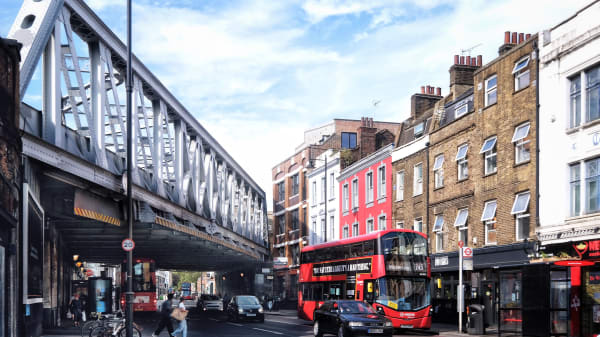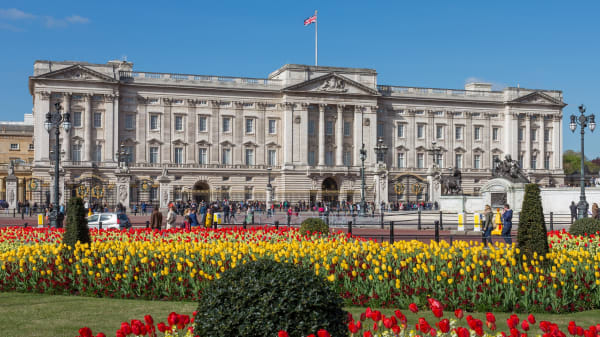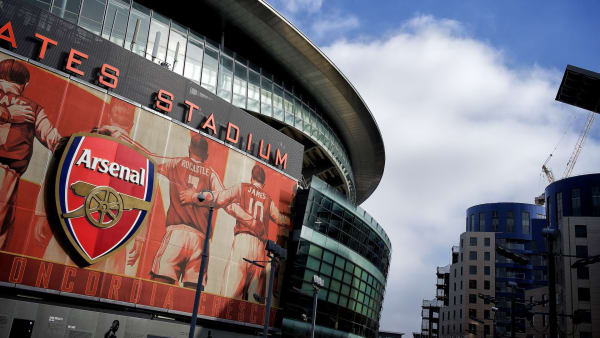Currency and cash in London
Our guidelines on spending and handling money when visiting London. With details on how to exchange your currency and the best ways to do it.
Currency and cash in London
Our guidelines on spending and handling money when visiting London. With details on how to exchange your currency and the best ways to do it.
London is one of the top most expensive cities in Europe, so knowing how to deal with money is essential to avoid spending even more than necessary. The currency in London and the United Kingdom is the pound sterling, indicated with the sign £ and generally referred to simply as “pound”. The international code for the British pound is GBP and you will probably hear British people call it “quid”.
Cash and coins
One pound is divided into 100 pence, generally indicated with the letter “p” and commonly called “pee” (5p is then pronounced “five pee”). The coins you’ll find in circulation are 1p (also called a penny), 2p, 5p, 10p, 20p, 50p, £1, and £2. The banknotes currently in circulation are £5, £10, £20, and £50. All of them exist as polymer banknotes and they feature a portrait of Elizabeth II, which is slowly being phased out to be replaced by one of Charles III.

Handling money in London
Remember that in one way or the other, you will have to pay in British pounds: there is no way to pay using euros or dollars in the UK. In London, the great majority of businesses and commercial operations accept card, so you might not even need to handle that much physical currency.
However, some small businesses might have a minimum credit/debit card spend, meaning that you will not be able to pay by card unless you meet a minimum payment limit (the most common are £3.00, £5.00, and in some cases even £10.00).
So it’s always good to have at least some cash on you. It’s also worth considering that if your credit card is subject to high foreign transaction fees, you might want to use cash to save money in the long run. Our recommendation is that you check with your bank before travelling.
Exchanging currency
Now, there are different ways to get pounds in cash. Your first option is to exchange your local currency with the British pound before departing at a bank or at a bureau de change. Your other option is to get your money once you’re already in the UK.
Much like in your home country, you can also go to a bank or Bureau de Change in the UK. However, the exchange rate and commissions will differ from one establishment to the other, so we recommend you check them against the official exchange rate before committing to one. To get an idea, the average exchange rate in the past 5 years has been £1.00 to $1.28 and £1.00 to €1.15.
Your other option is withdrawing directly from an ATM using your bank card. This usually ensures a low exchange rate, but once again, you might find that there are several fees that apply, depending on your bank and the individual ATM. For this reason, we recommend getting your money out all at once if possible, or at least in big instalments, as to avoid paying high fees every time.
Finally, another way to get cash is with debit card cashback, available at several retail businesses in London. This means that if, for example, you are spending £7.60 and ask for £20.00 cashback, your bank card will be charged £27.60, and the clerk will give you £20.00 along with your purchased items. This way, you can avoid withdrawal ATM fees. Once again, you will need to check if your card charges anything extra for foreign transaction fees.














